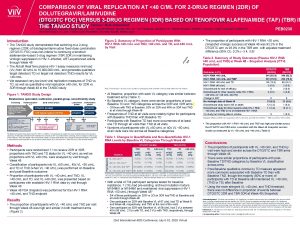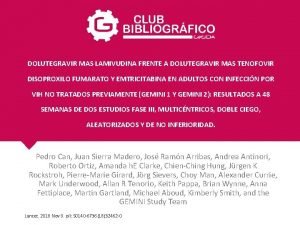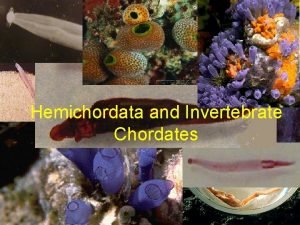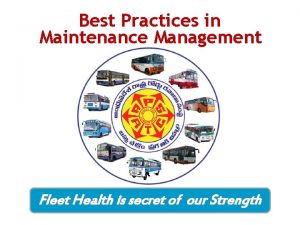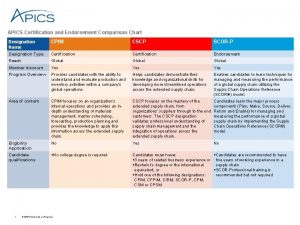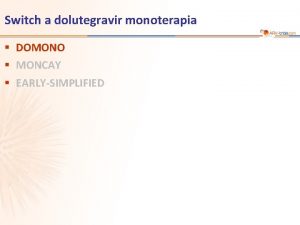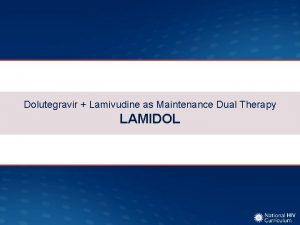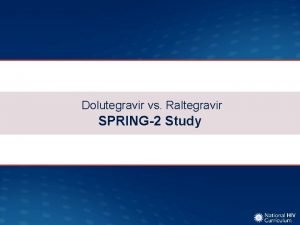Dolutegravir as Maintenance Monotherapy DOMONO Dolutegravir as Maintenance







- Slides: 7

Dolutegravir as Maintenance Monotherapy DOMONO

Dolutegravir as Maintenance Monotherapy DOMONO: Design Study Design: DOMONO • Background: Randomized, open-label, phase 2, non-inferiority trial conducted at 2 centers in Netherlands to determine if dolutegravir monotherapy is noninferior to combination antiretroviral therapy in maintaining viral suppression. • Inclusion Criteria: - Age ≥ 18 years old - On 3 -drug ART - HIV RNA <50 copies/m. L for ≥ 6 months - HIV RNA zenith <100, 000 copies/m. L - CD 4 count nadir >200 cells/mm 3 - No baseline HIV drug resistance - No history of virologic failure - No HBV co-infection • Dolutegravir Regimen - Dolutegravir 50 mg once daily Source: Wijting I, et al. Lancet HIV. 2017; 4; e 547 -54. 24 weeks Immediate Switch to Monotherapy Dolutegravir (n = 51) Continue 3 -Drug ART Delayed Monotherapy Dolutegravir (n = 47) (n = 53) 6/53 did not switch Separate Control Group 3 -Drug ART (n = 152)

Dolutegravir as Maintenance Monotherapy DOMONO: Baseline Characteristics Immediate Switch to DTG Monotherapy Delayed Switch to DTG Monotherapy (n = 51) (n = 53) Age (median, years) 46 45 Male, % 47 48 MSM, % 80 77 Caucasian ethnicity, % 86 79 On TDF before switch, % 86 85 On NNRTI + 2 NRTI’s before switch, % 80 81 On PI + 2 NRTI’s before switch, % 4 2 On INSTI + 2 NRTI’s before switch, % 14 17 Receiving a STR before switch, % 63 77 Time on ART (median, months) 35 43 HIV RNA zenith (median, copies/m. L) 29, 300 44, 877 CD 4 T-cell nadir (median, cells/mm 3) 320 380 Baseline Characteristic Source: Wijting I, et al. Lancet HIV. 2017; 4; e 547 -54.

Dolutegravir as Maintenance Monotherapy DOMONO: 24 -Week Results Week 24 Virologic Suppression Dolutegravir Monotherapy (n=50*) HIV RNA <200 copies/m. L (%) 100 98 100 49/50 53/53 3 -Drug ART (n=53) 80 60 40 20 0 *One of 51 participants in the immediate DTG switch arm discontinued treatment after 12 weeks because of disturbed sleep (HIV RNA <50 copies/m. L at the time) Source: Wijting I, et al. Lancet HIV. 2017; 4; e 547 -54.

Dolutegravir as Maintenance Monotherapy DOMONO: 48 -Week Results Week 48 Virologic Suppression (Entire Study Population) HIV RNA <200 copies/m. L (%) Dolutegravir Monotherapy (n = 95) 100 Concurrent Controls (n = 152) 98 92 80 60 40 p = 0. 02 20 87/95 0 149/152 • Study stopped early; 8 virologic failures in dolutegravir arm, 3 with INSTI resistance (N 155 H, R 263 K, S 230 R) • RNA at failure 678 -4, 990 copies/m. L with one exception (71, 600 copies/m. L); all reported >95% adherence and all suppressed with re-initiation of c. ART Source: Wijting I, et al. Lancet HIV. 2017; 4; e 547 -54.

Dolutegravir as Maintenance Monotherapy DOMONO: Conclusion Interpretation: “Dolutegravir monotherapy was non-inferior to combination ART at 24 weeks. However, virological failure continued to occur thereafter and led to dolutegravir resistance. Dolutegravir should not be used as maintenance monotherapy. ” Source: Wijting I, et al. Lancet HIV. 2017; 4; e 547 -54.

Acknowledgment The National HIV Curriculum is an AIDS Education and Training Center (AETC) Program supported by the Health Resources and Services Administration (HRSA) of the U. S. Department of Health and Human Services (HHS) as part of an award totaling $800, 000 with 0% financed with non-governmental sources. This project is led by the University of Washington’s Infectious Diseases Education and Assessment (IDEA) Program. The content in this presentation are those of the author(s) and do not necessarily represent the official views of, nor an endorsement, by HRSA, HHS, or the U. S. Government.

